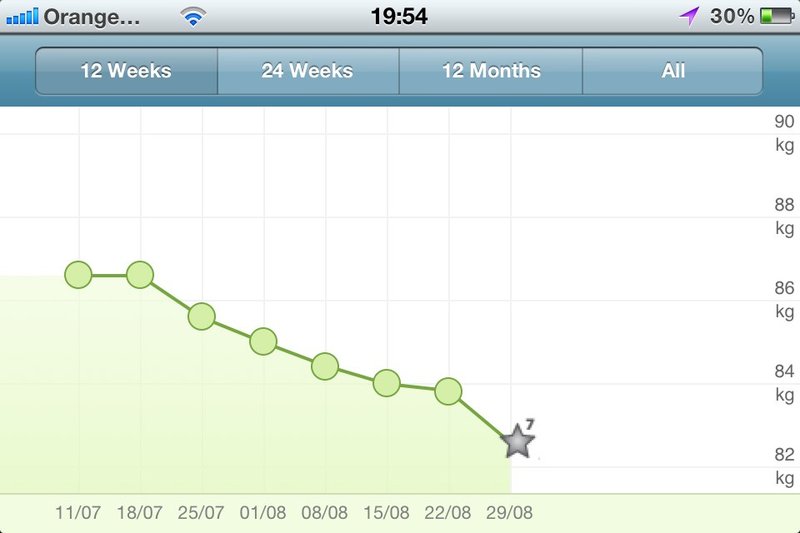 For most of the year this has been, at least to some extent, a three-cat household. The chap on the left turned up in March, at first just hanging around and looking plaintively in the window at us, but eventually very actively trying to move in. Since I already have two cats, a third cat was really not an option. A third cat that was semi-feral and an intact Tom was definitely not a good idea in a household with two neutered males. As a result I tried to discourage him from coming in and when that didn't work, I started trying to rehome him.
For most of the year this has been, at least to some extent, a three-cat household. The chap on the left turned up in March, at first just hanging around and looking plaintively in the window at us, but eventually very actively trying to move in. Since I already have two cats, a third cat was really not an option. A third cat that was semi-feral and an intact Tom was definitely not a good idea in a household with two neutered males. As a result I tried to discourage him from coming in and when that didn't work, I started trying to rehome him. I contacted our local branch of the Cats Protection League for advice and was told that unfortunately they have a fairly long waiting list for rehoming, especially for adult cats in no immediate danger, which was the case with this guy. They provided me with a supply of paper collars, which I put my phone number on, in the hope that if he did live somewhere they would contact me. No one responded. A quick visit to the vet confirmed that he was not microchipped, un-neutered and in good health, if a bit skinny. I treated him for fleas and ticks and wormed him, then let him go again.
It turns out he was not only quite determined to move in with me (and mark his territory accordingly - I can recommend Urine Off) he was also trying to move into another house three doors along - but with three cats they could not take him on either. My neighbour found him upstairs, curled up on her spare bed looking like he owned the place. Likewise, he once tried to climb up on my bed to sleep in the middle of the night - to the surprise of both me and my other cats, who were already there. He's clearly a cat who has known a home at some point.
Over the summer he continued to hang around and I provided a bowl of food at the back doorstep when I saw him. So that we had no more marking issues and to provide my own cats with some peace, I kept the cat flat closed. A few weeks ago the Cats Protection League called me back to say they had a space available and inevitably he was nowhere to be seen for several weeks. Last Monday morning, however, he was waiting at the back doorstep with my two, asking to be fed.
So this week, I have taken my life (or at least my soft furnishings) into my hand and left the catflap open again for the first time since spring. Sure enough we started getting through a lot more food again, so on Friday night I left the catflap so that the cats could get in, but not out. Yesterday at lunchtime I was sitting at the table when our friend here sauntered out from under the futon in the family room. Here he is looking a bit annoyed at having discovered he couldn't get out (I'd also just treated him for fleas and ticks, which was easier than it is with one of my permanent cats).
He spent the rest of Saturday locked in the bathroom, to keep him in and away from the others (and there was nothing he could mark in there). He had food, water and an old rug tucked by the radiator. On Sunday morning he happily climbed into the carrier when I put him in front of it (again, not like my own cats!) and I took him off to the wonderfully appropriately named town of Fishcross. He's settled into Cats Protection League's rehoming centre there, and they'll make sure he has his vaccinations, is neutered and get him back to health.
We never named him, so yesterday he acquired the name Barney. It's appropriate in a way - I've just about had a barney with one of the neighbours over feeding him a couple of times! It's been worth it, he'll need someone with a bit of patience, but he shows all the signs of wanting to be someone's pet. Hopefully he will have a home sometime soon.

















